Din kurv
Din kurv er tom
Firma nyheder
Vores krydderier
Vores sukker
Vores kapsler
-
 Kegcaps 74 mm, Brown 154 Flatfitting A-type (700/papkasse)
Tilføj kurv
Kegcaps 74 mm, Brown 154 Flatfitting A-type (700/papkasse)
Tilføj kurv
-
 Kegcaps 69 mm, Rød 102 Grundey G-type (850/papkasse)
Tilføj kurv
Kegcaps 69 mm, Rød 102 Grundey G-type (850/papkasse)
Tilføj kurv
-
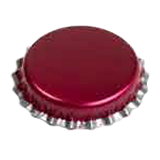 CC26 mm, Rose with silver edge (10500/papkasse)
Tilføj kurv
CC26 mm, Rose with silver edge (10500/papkasse)
Tilføj kurv
-
 CC29mm TFS-PVC Free, Grøn with oxygen scav.(6500/papkasse)
Tilføj kurv
CC29mm TFS-PVC Free, Grøn with oxygen scav.(6500/papkasse)
Tilføj kurv
-
 Kegcaps 64 mm, Rød 56 Sankey S-type (EU) (1000/papkasse)
Tilføj kurv
Kegcaps 64 mm, Rød 56 Sankey S-type (EU) (1000/papkasse)
Tilføj kurv
Ordliste
A tall glass (traditionally 3 feet) that was originally produced in England back in the days when travel by horse-drawn coach was common. When a coach would stop at an Inn to rest the horses and feed the passangers, the Coach driver would have to stay on the coach to handle the reigns. Since the coach driver wanted beer, but was way up there on the coach while the barmaids where way down there on the ground, the yard glass was developed to help the barmaids hand the beer up to the coach driver. A yard glass typically has a large mouth, a long skinny neck, and a large bulb at the bottom. It takes a bit of practice, but it certainly is an entertaining and traditional way to enjoy beer.
Yeast collected from fermentors during or after the fermentation.
A brewing additive which is typically produced by extracting the "guts" of yeast cells in a centrifuge. Provides essential nutrients to the yeast. Since barley malt already contains all of the nutrients that yeast need, yeast engergizer is generally unnecessary when brewing beer. It may be more helpful in wines, ciders and meads (fruit juices and honey do not contain the level of nutrients that barley does).
A brewing additive which adds free amino nitrogen (FAN), a substance which is essential for good yeast health. Think of it as fertilizer for your yeast. As with yeast engergizer, should not be necessary for beer wort, since malt already contains all of the essential nutrients for your yeast.
Essentially a small, mini-batch of beer, the sole purpose of which is to give your yeast culture a contaminant-free environment in which it can build up their strength and numbers. For detailed info on how I make yeast starters.
Number of pounds of extract, obtained from 100 pounds of brewing material, given in percent. Also kilos extract per kilo brewing material. Distinguish between laboratory yield of malt and adjunct which is determined by standard ASBC methods and brewhouse yield, which depends on equipment and operating conditions. Brewhouse yield ranges from 92 to 98% of laboratory yields.
English system of fermentation using shallow, square, traditionally slate vessels for fermentation. Still in use by the Samuel Smith Brewery in Tadcaster, Yorkshire.






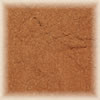
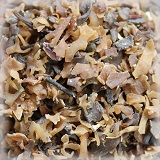
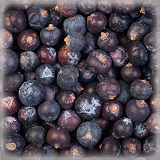
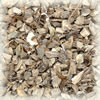
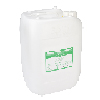
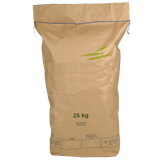
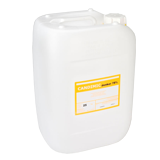
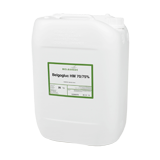
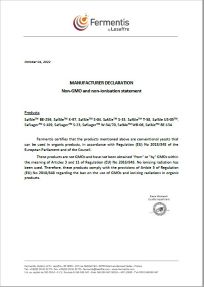 Fermentis Yeast- Non GMO declaration, non-ionisation_beer
Fermentis Yeast- Non GMO declaration, non-ionisation_beer
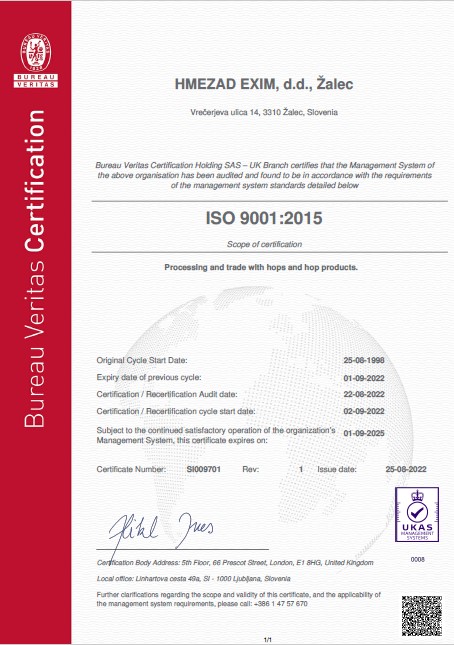 Hmezad Hops, Certificate ISO 9001:2015 (2025)
Hmezad Hops, Certificate ISO 9001:2015 (2025)
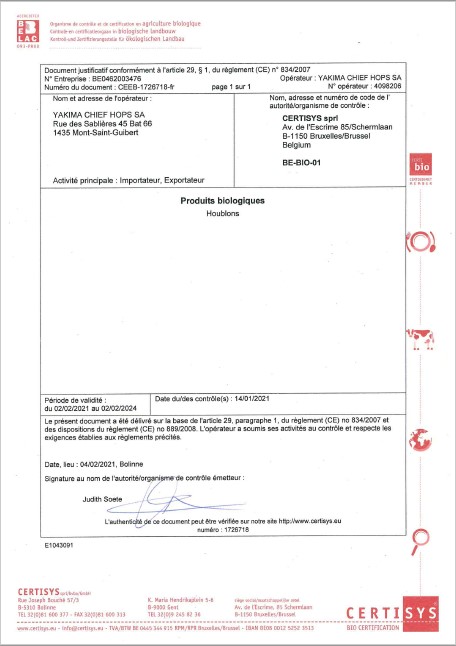 Hops Yakima Chief, Certificate Bio 2021-2024
Hops Yakima Chief, Certificate Bio 2021-2024
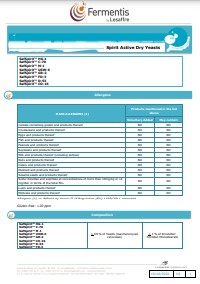 Fermentis - Spirit Dry Yeast Information 2023
Fermentis - Spirit Dry Yeast Information 2023
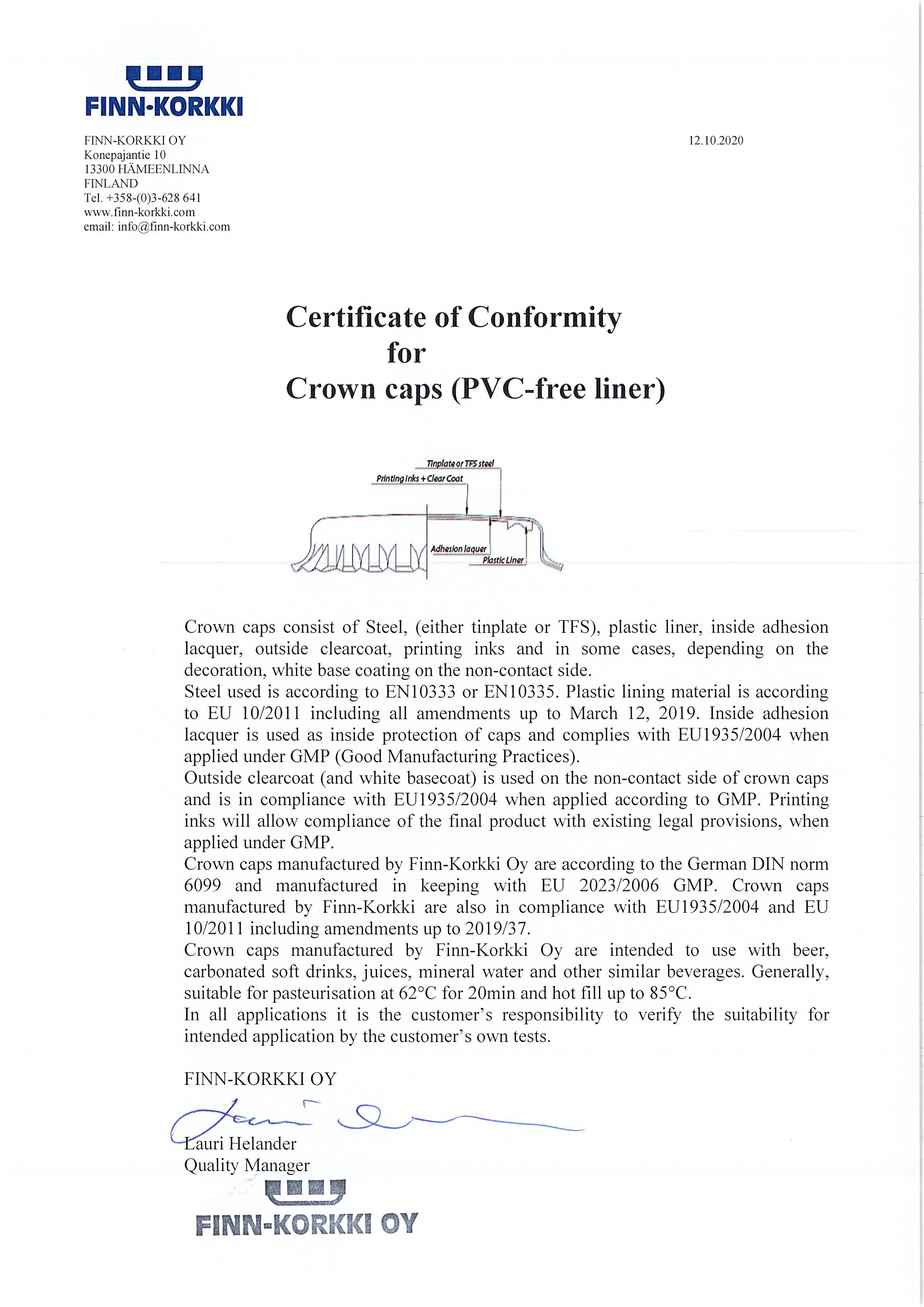 Crown Caps Finnkorkki PVC-free liner
Crown Caps Finnkorkki PVC-free liner



